Blue-tailed Damselfly (Ischnura elegans)
STATUS : BREEDING IN SOMERSET
These are known as one of the 'Blue Damselflies' of which Somerset has 7 species: Common, Variable, Azure, Blue-tailed, Red-eyed, Small Red-eyed and White-legged. Identifying these species can be very complicated as they all have similar features and all have colour variations and changes in colour as they age.This one is certainly up there with my favourites. They come in a range of colours, including a magnificent violet one which is just an amazing colour.
They can be confusing to get your head around, where most have a characteristic blue tail, some variations don't and the thorax features do vary with these also, as well as all the different colours.
Males tend to start with a green thorax that goes to blue as they mature, a black abdomen with a blue section at the tail.
Females have 5 different forms; violacea, typica, infuscans, rufescens, rufescens-obsoleta.
violacea (violet in colour) is an immature form which matures into either typica (blue in colour) or infuscans (green / yellow colour without a blue tail).
rufescens (reddish in colour with a blue tail) matures into rufescens-obsoleta (again reddish in colour but loses its blue tail).
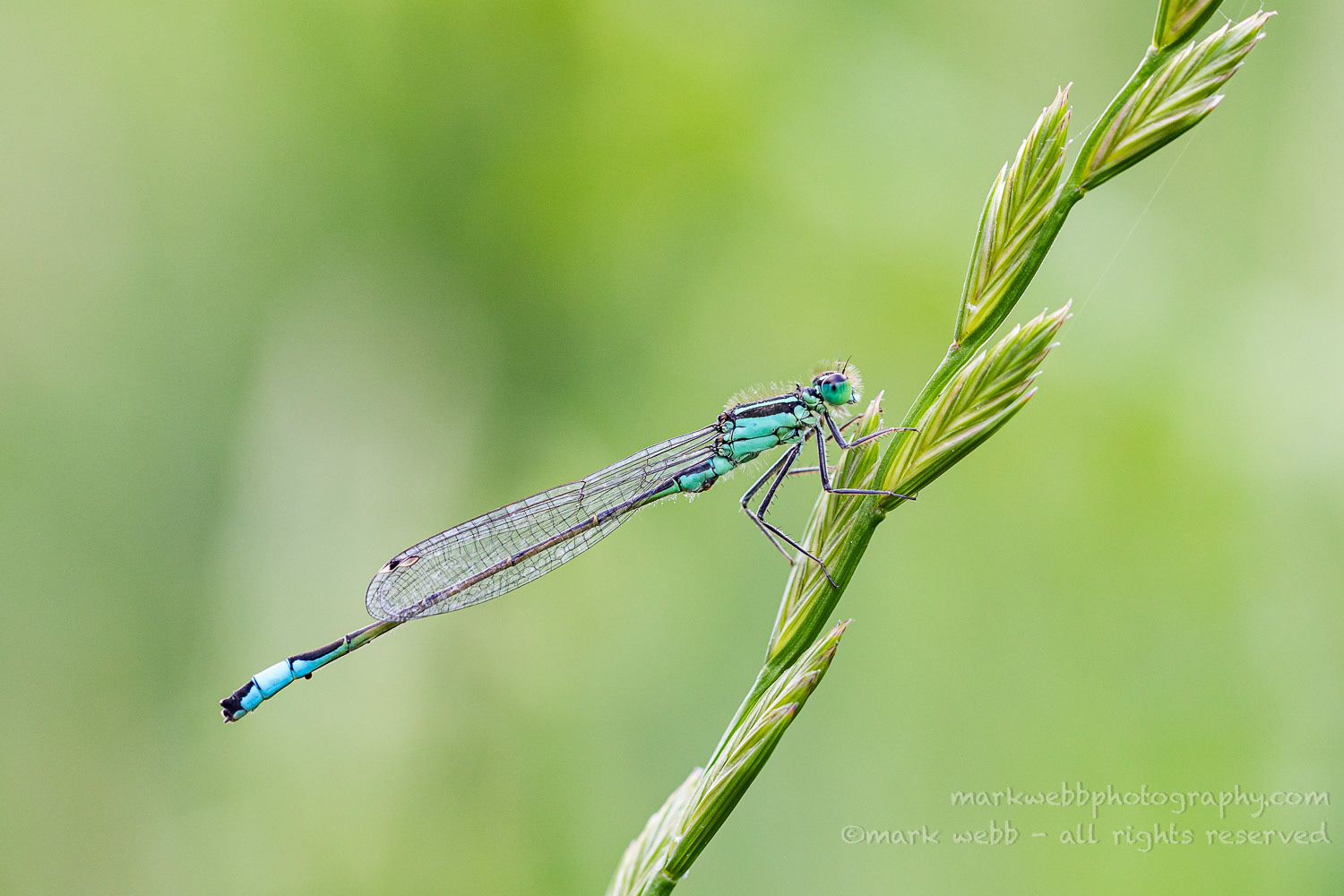
Male
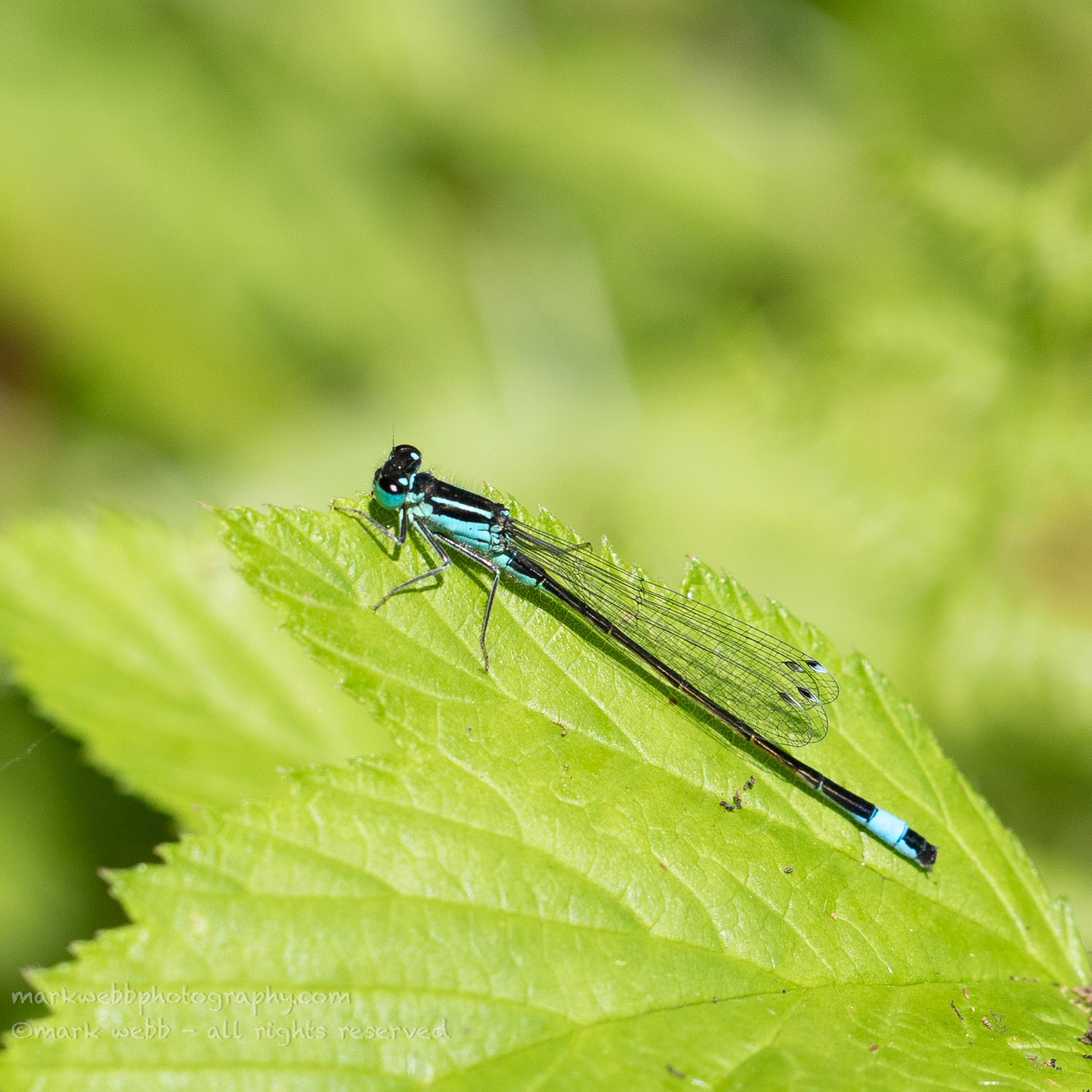
Male
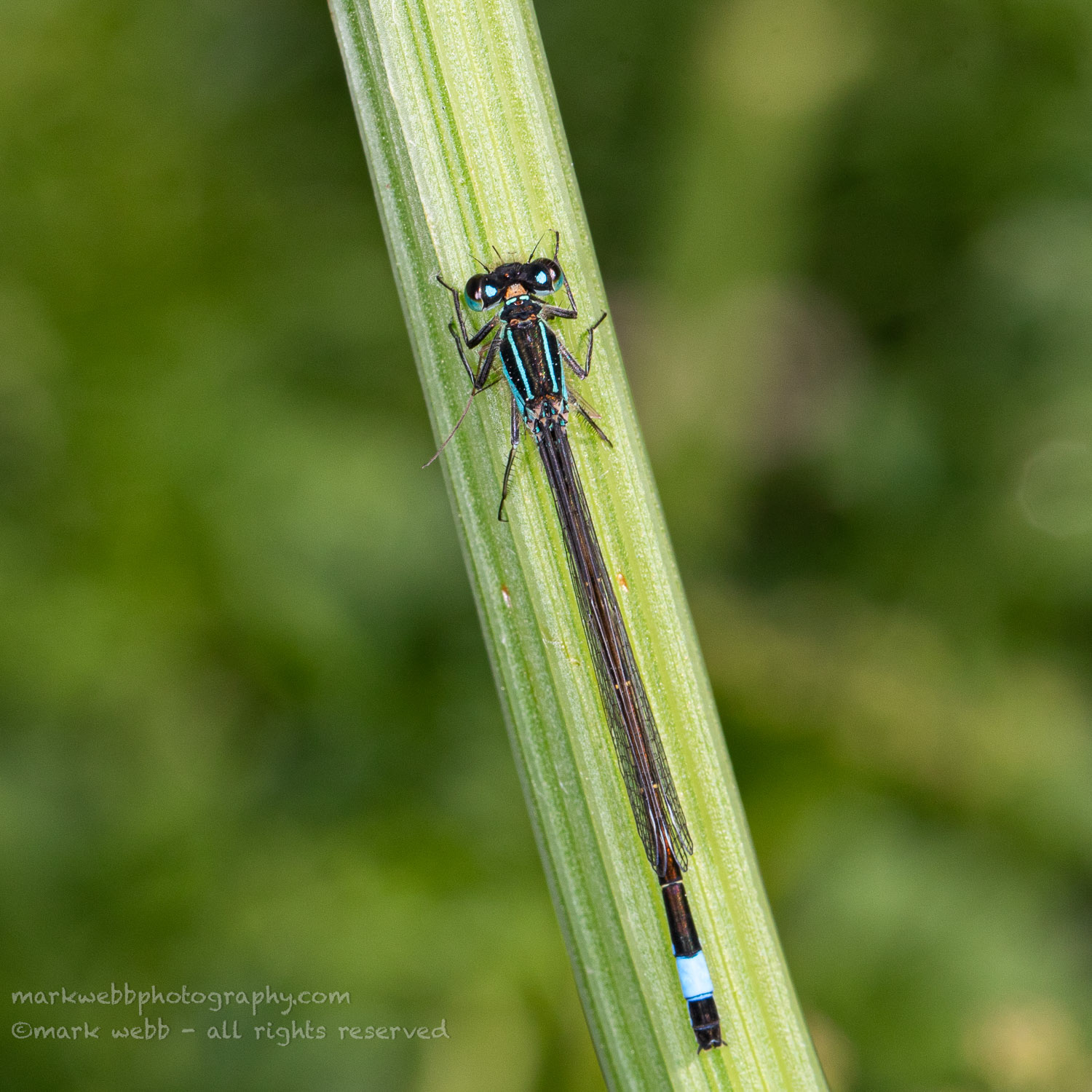
Male
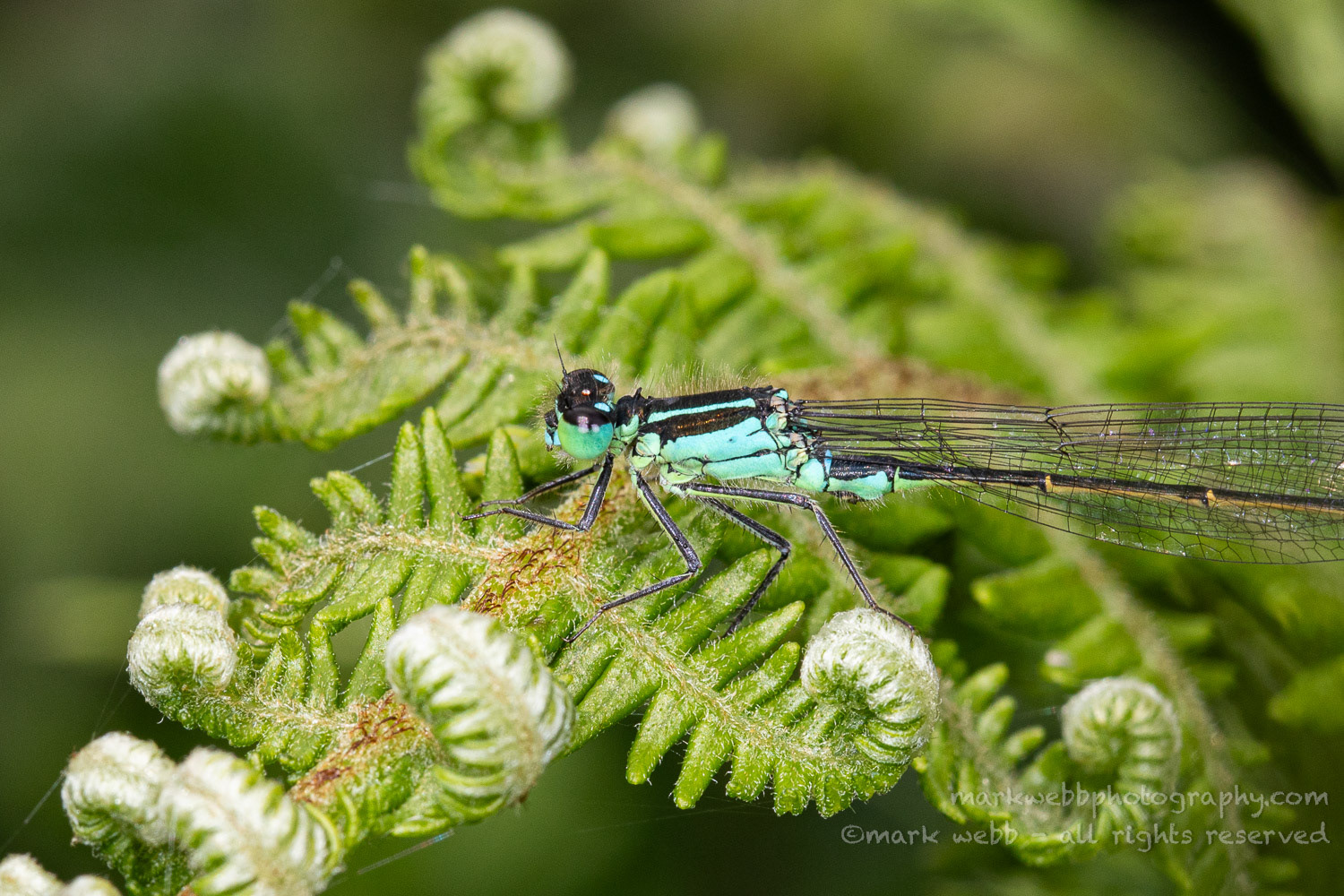
Male
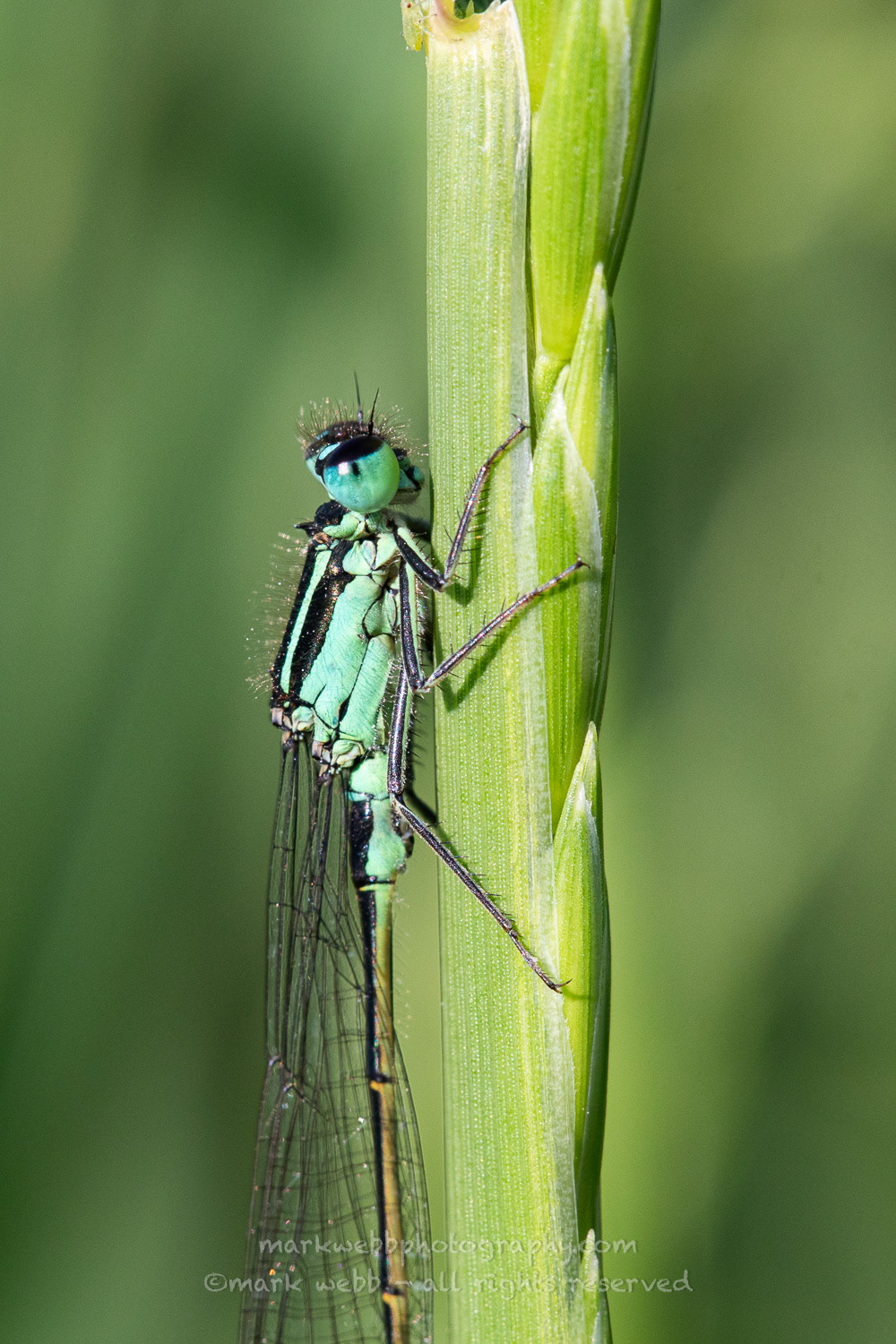
Male

Male
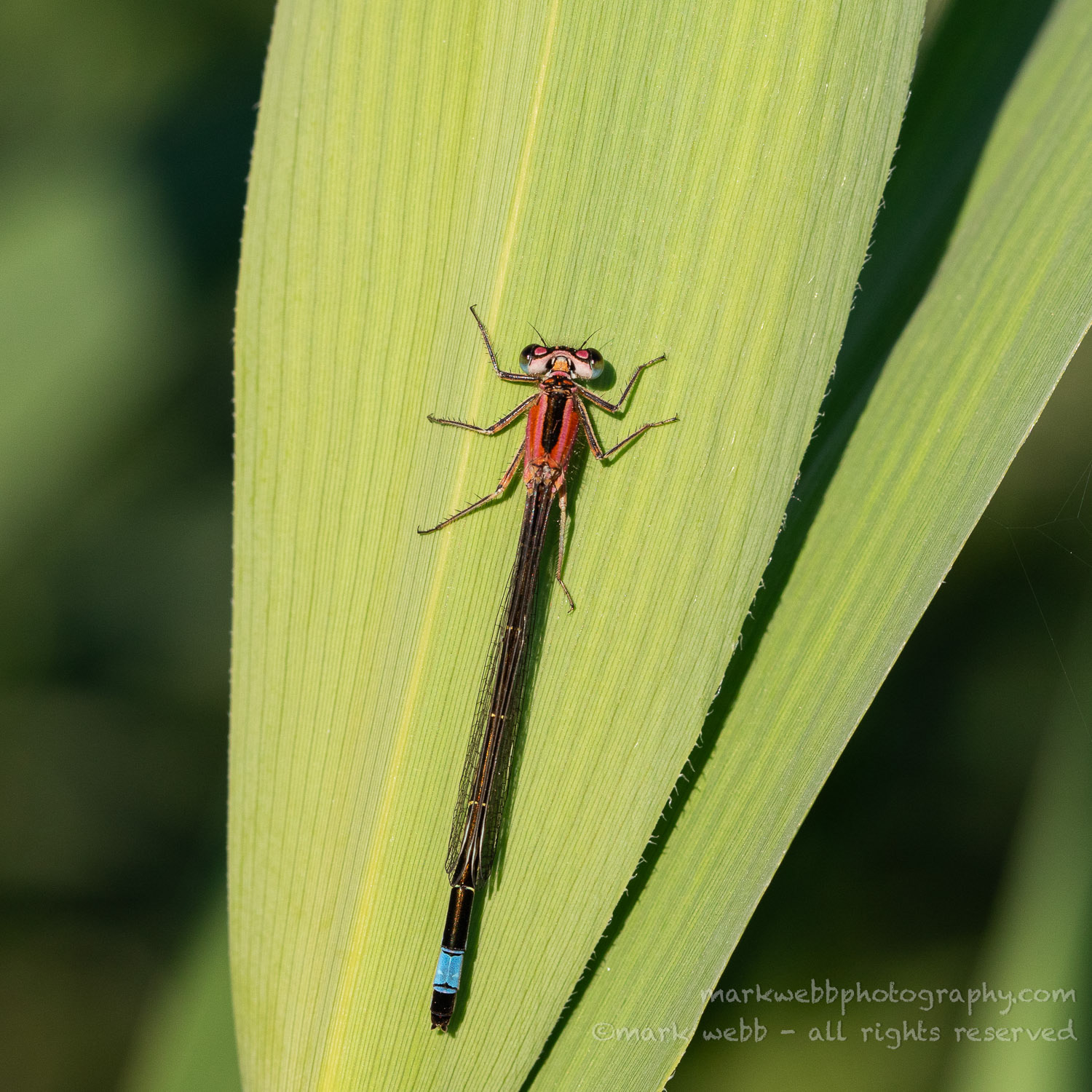
Female (rufescens)

Female (rufescens)
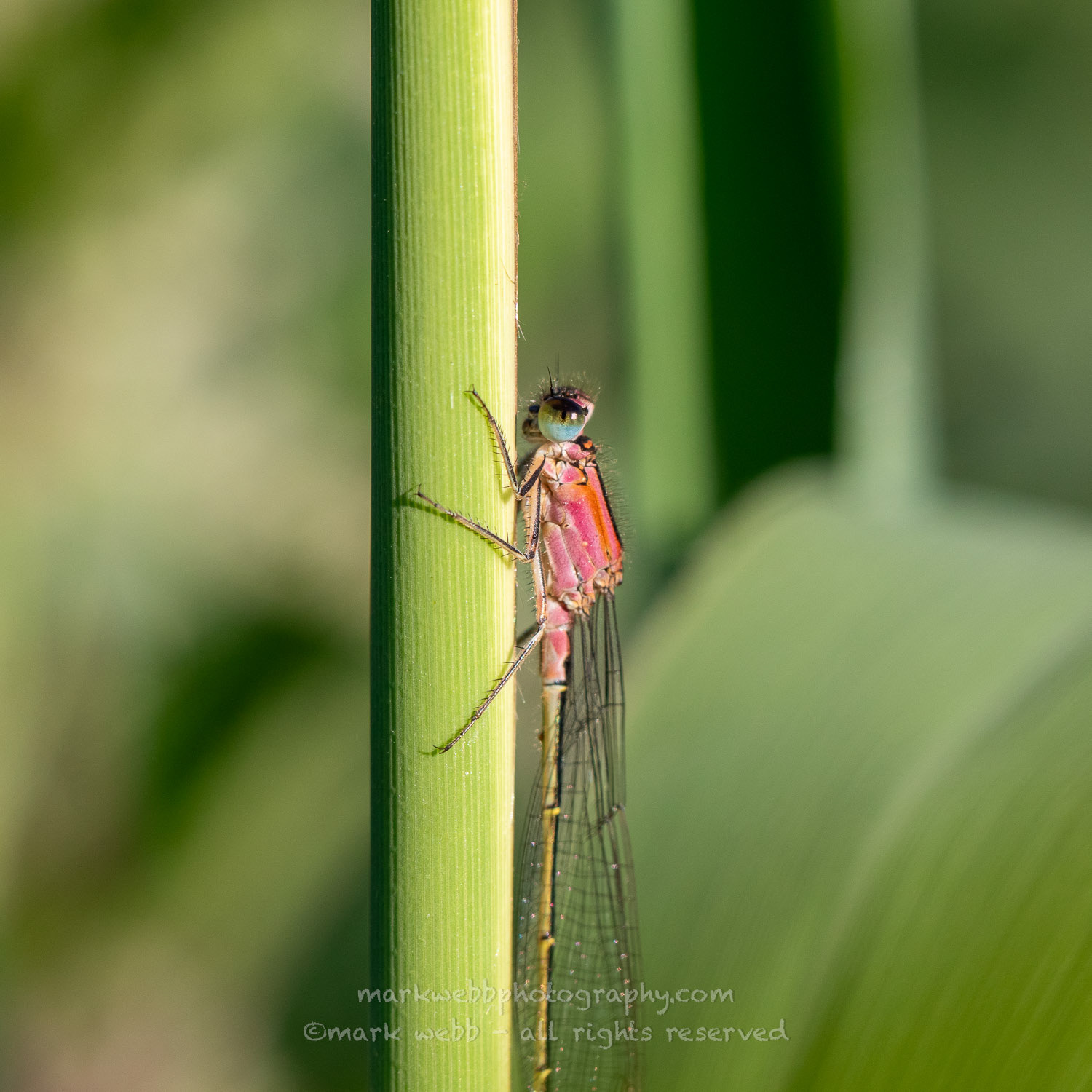
Female (rufescens)

Female (rufescens)
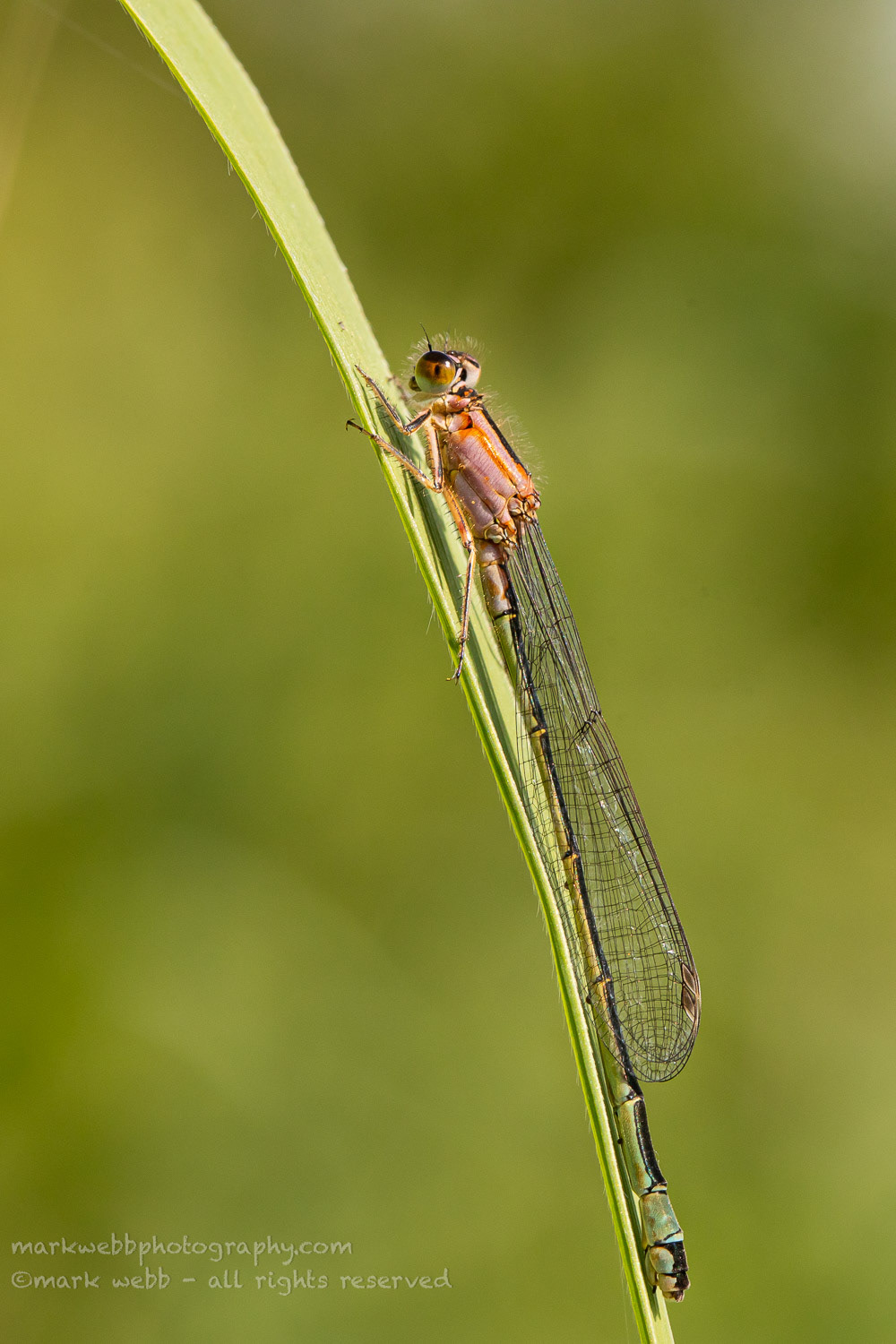
Female (rufescens-obsolete)
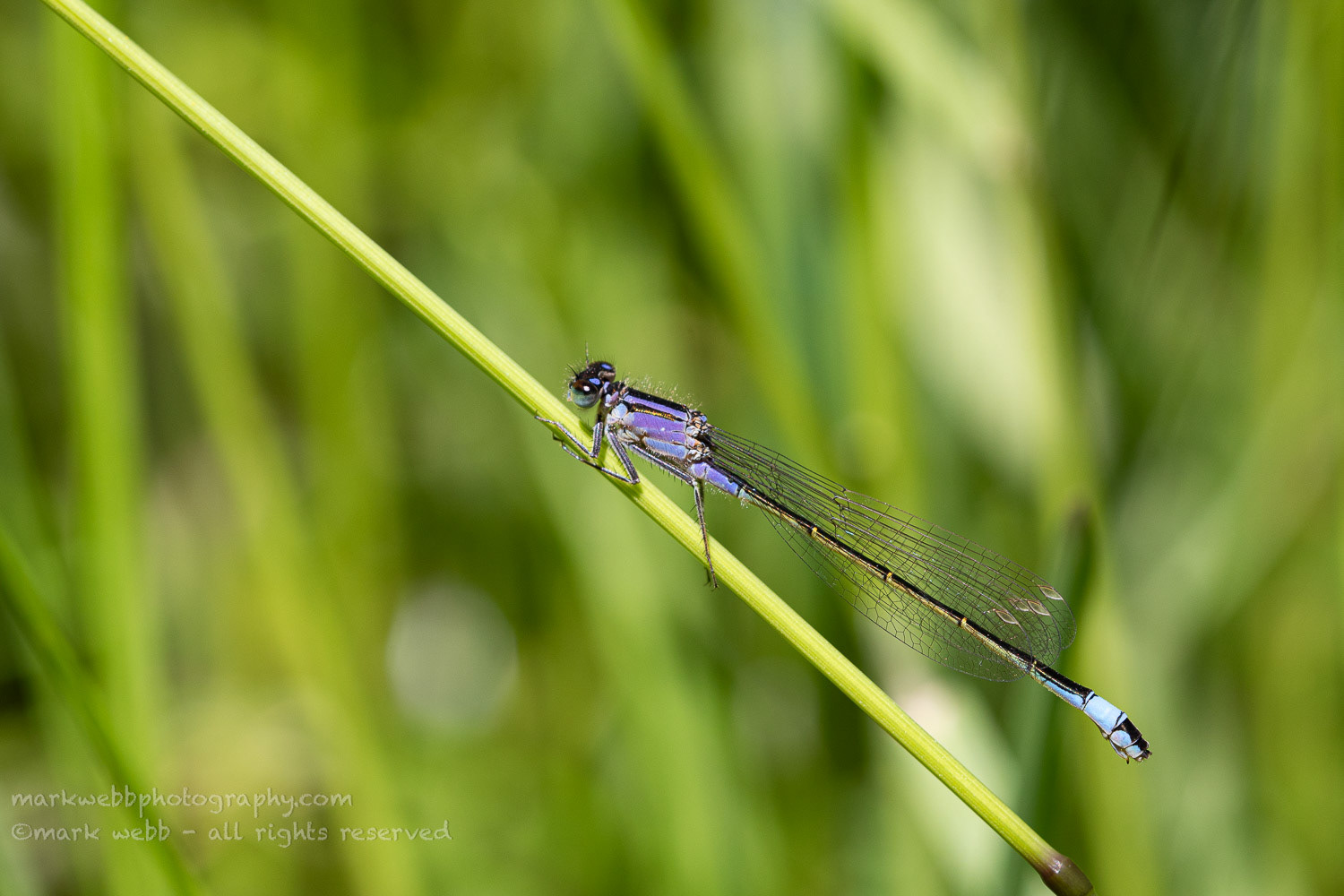
Female (violacea)
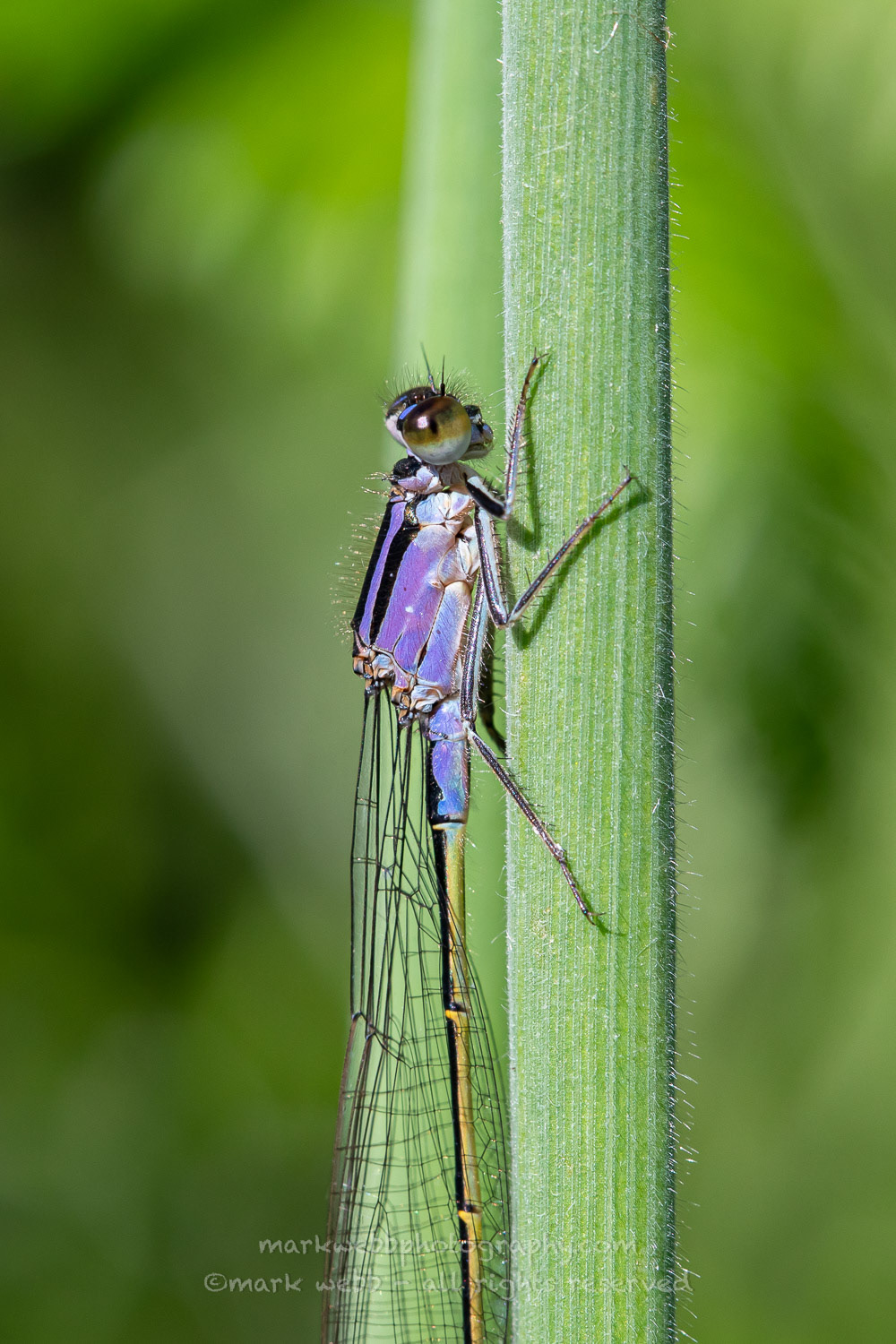
Female (violacea)
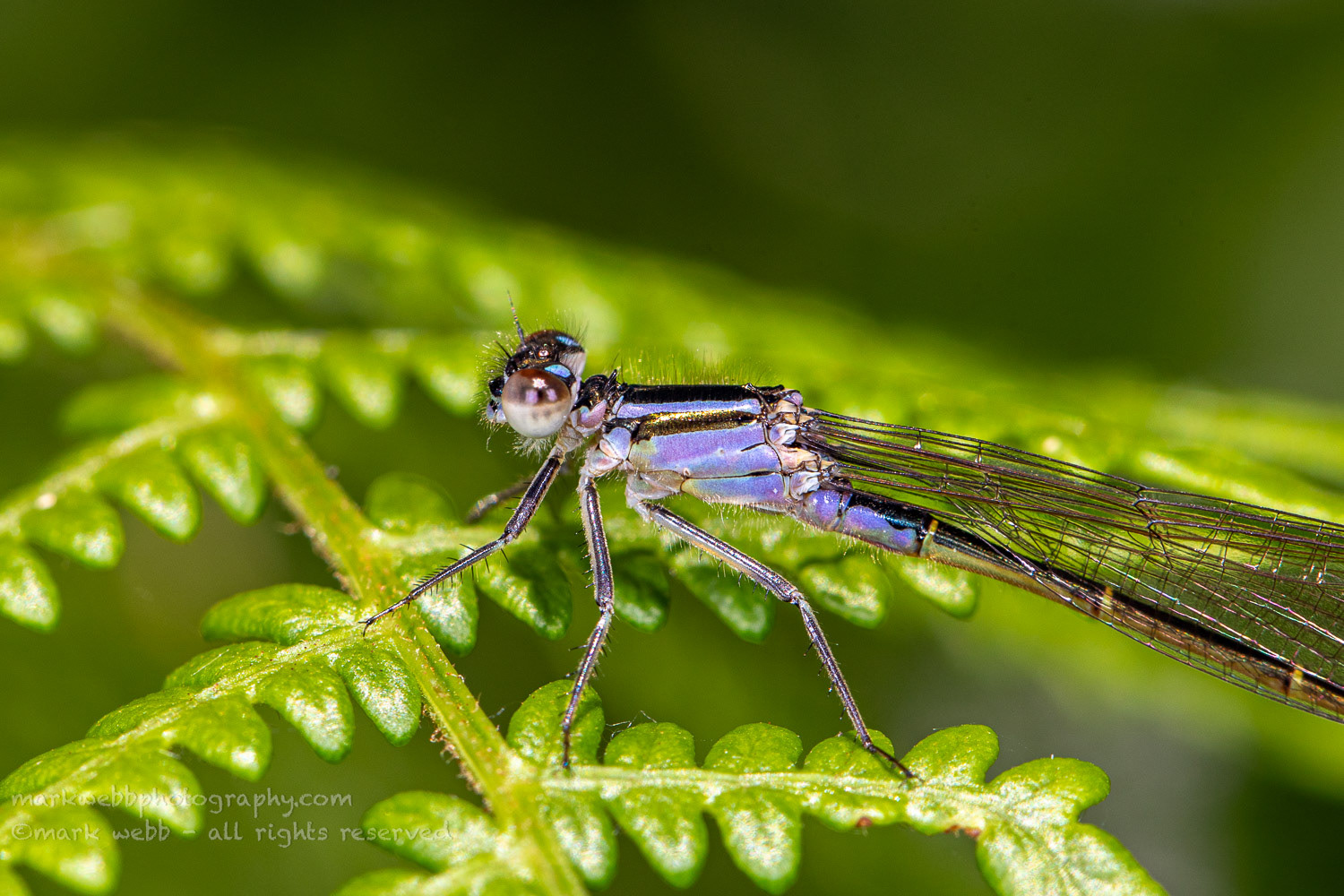
Female (violacea)
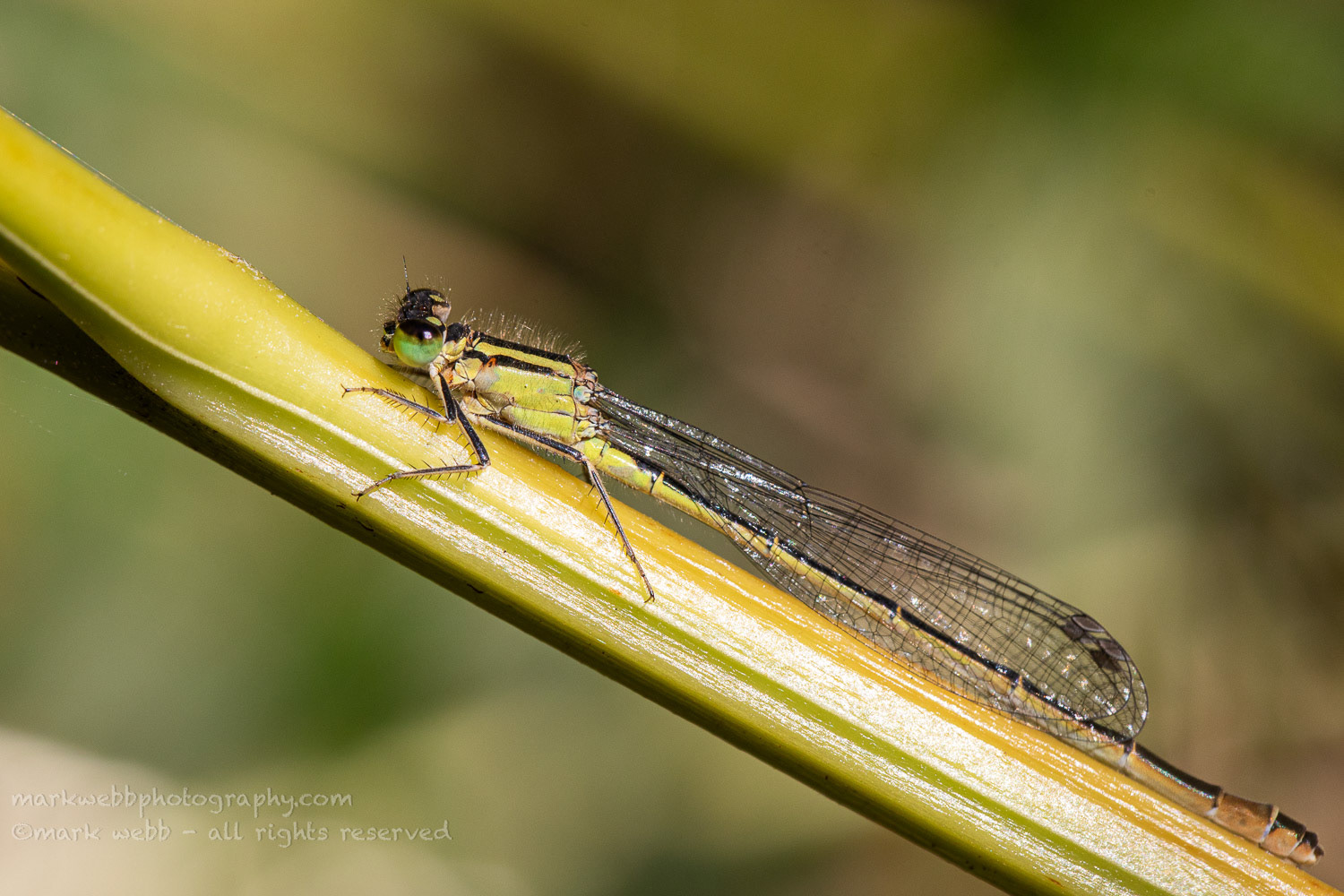
Female (infuscans)
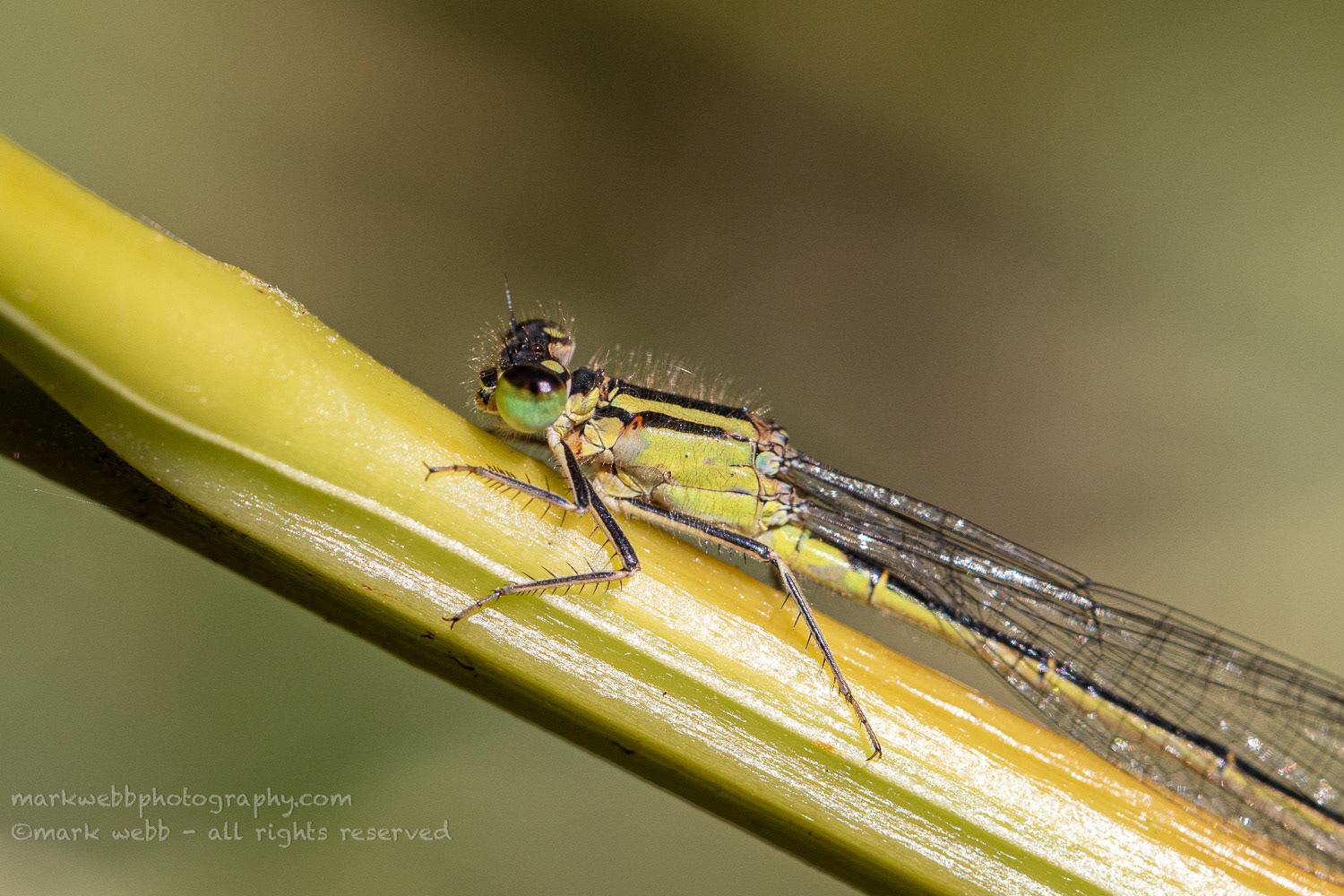
Female (infuscans)
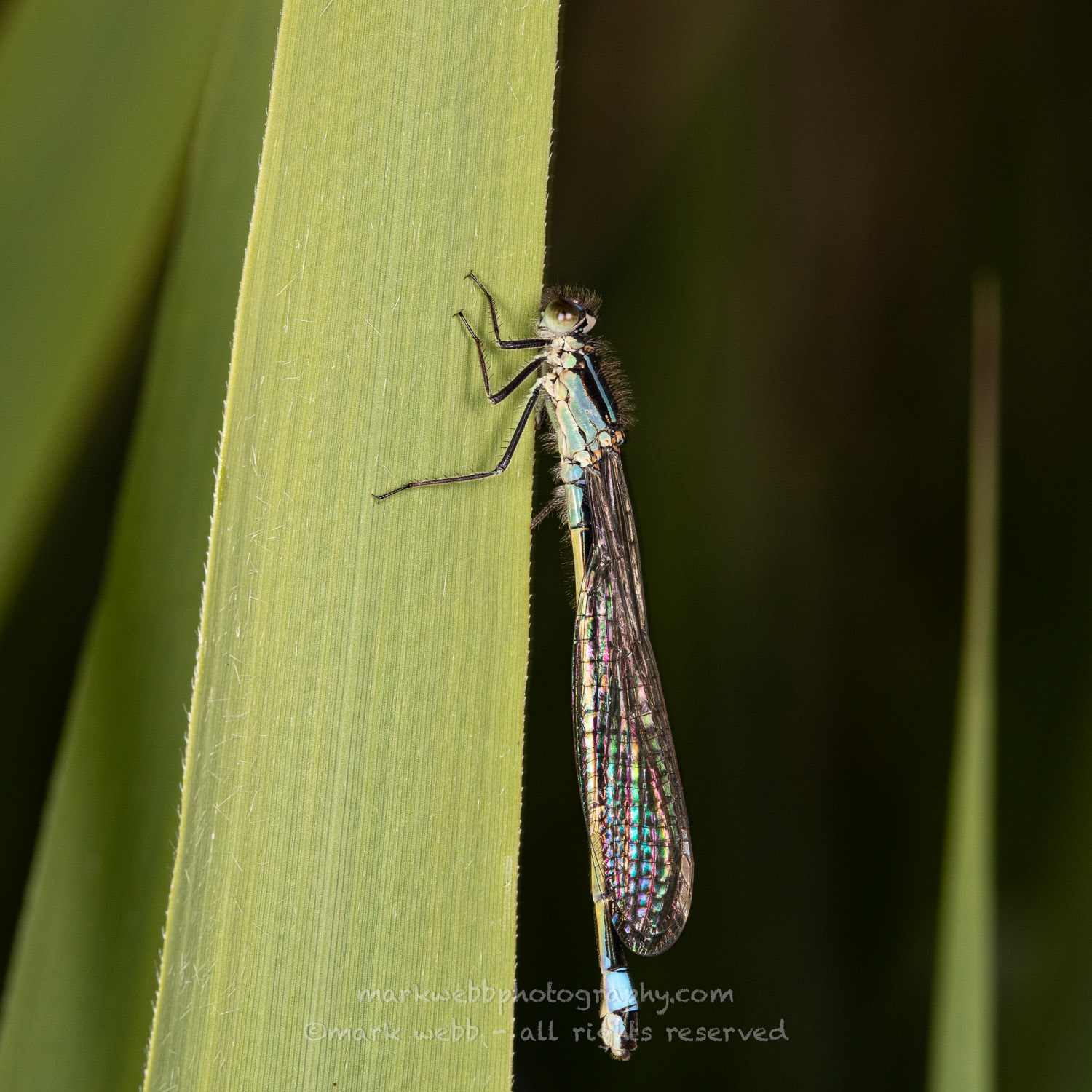
Female (typica)
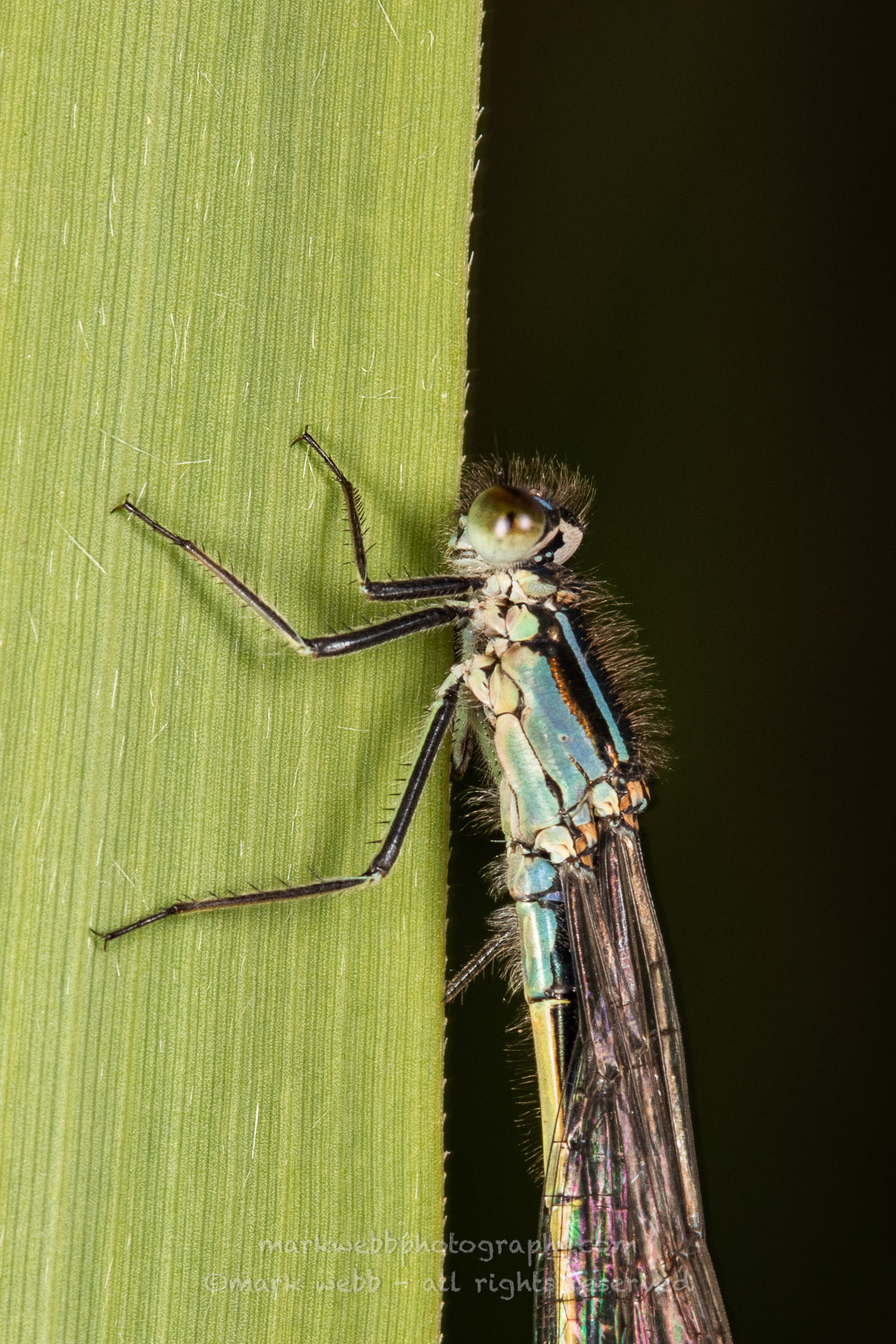
Female (typica)
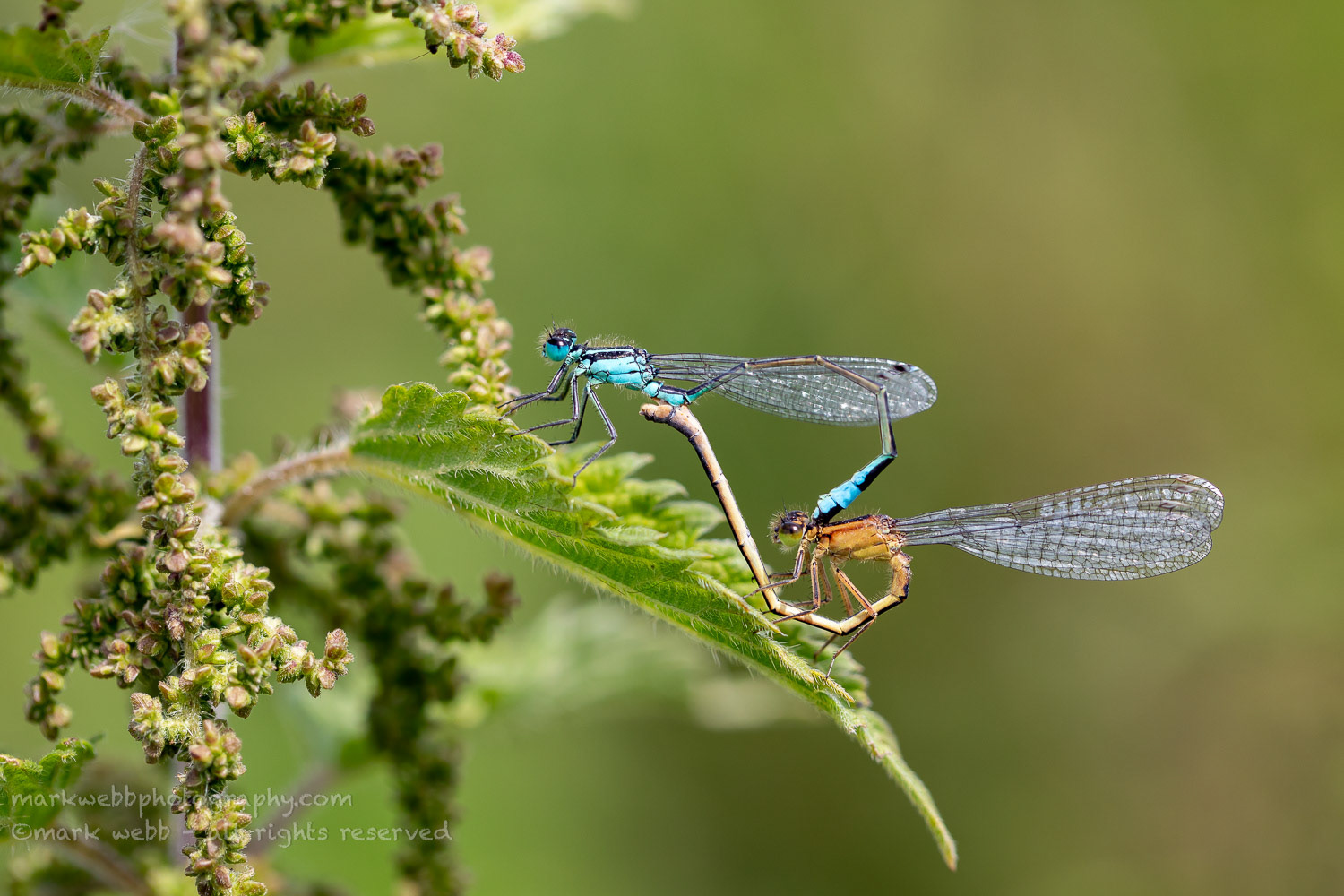
Mating
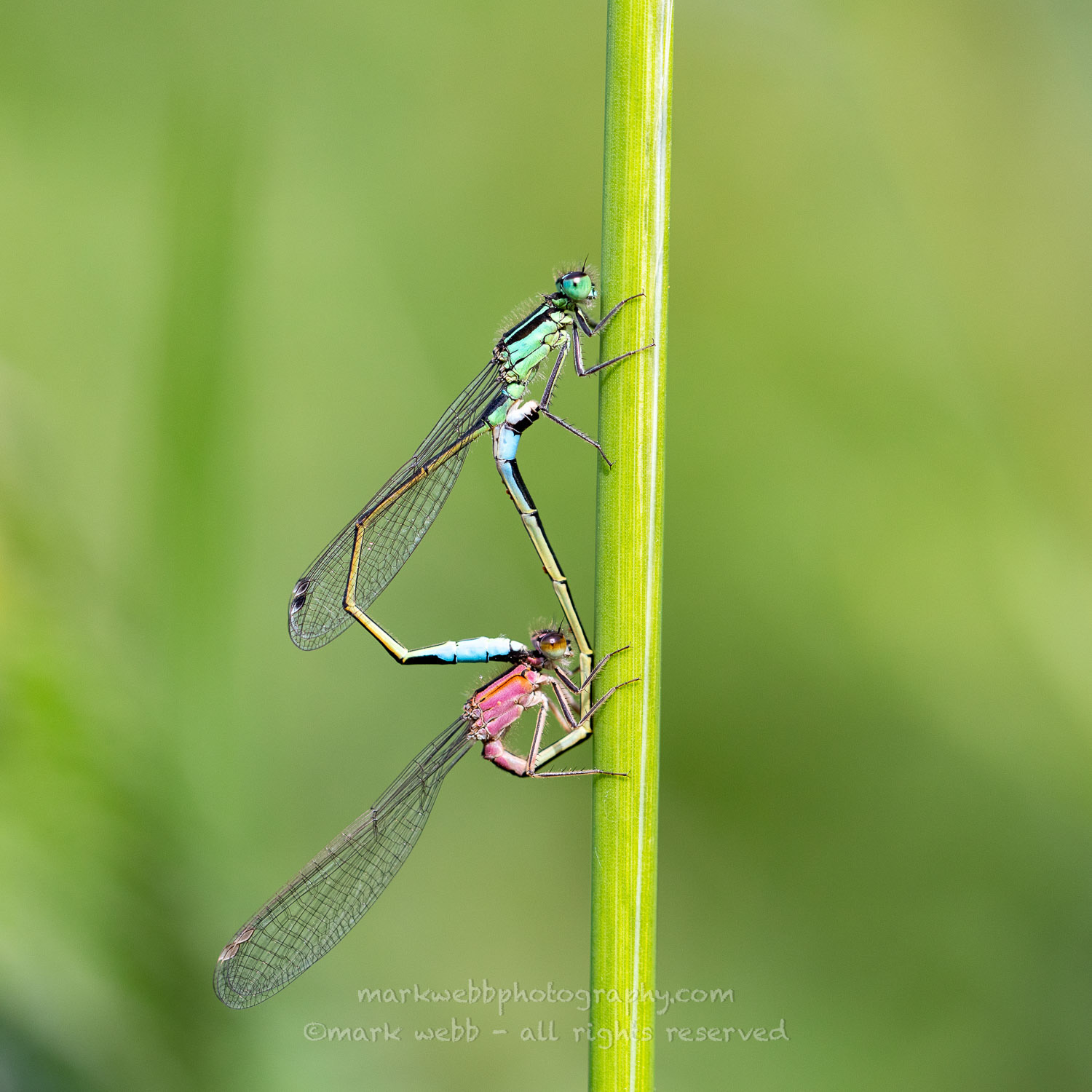
Mating
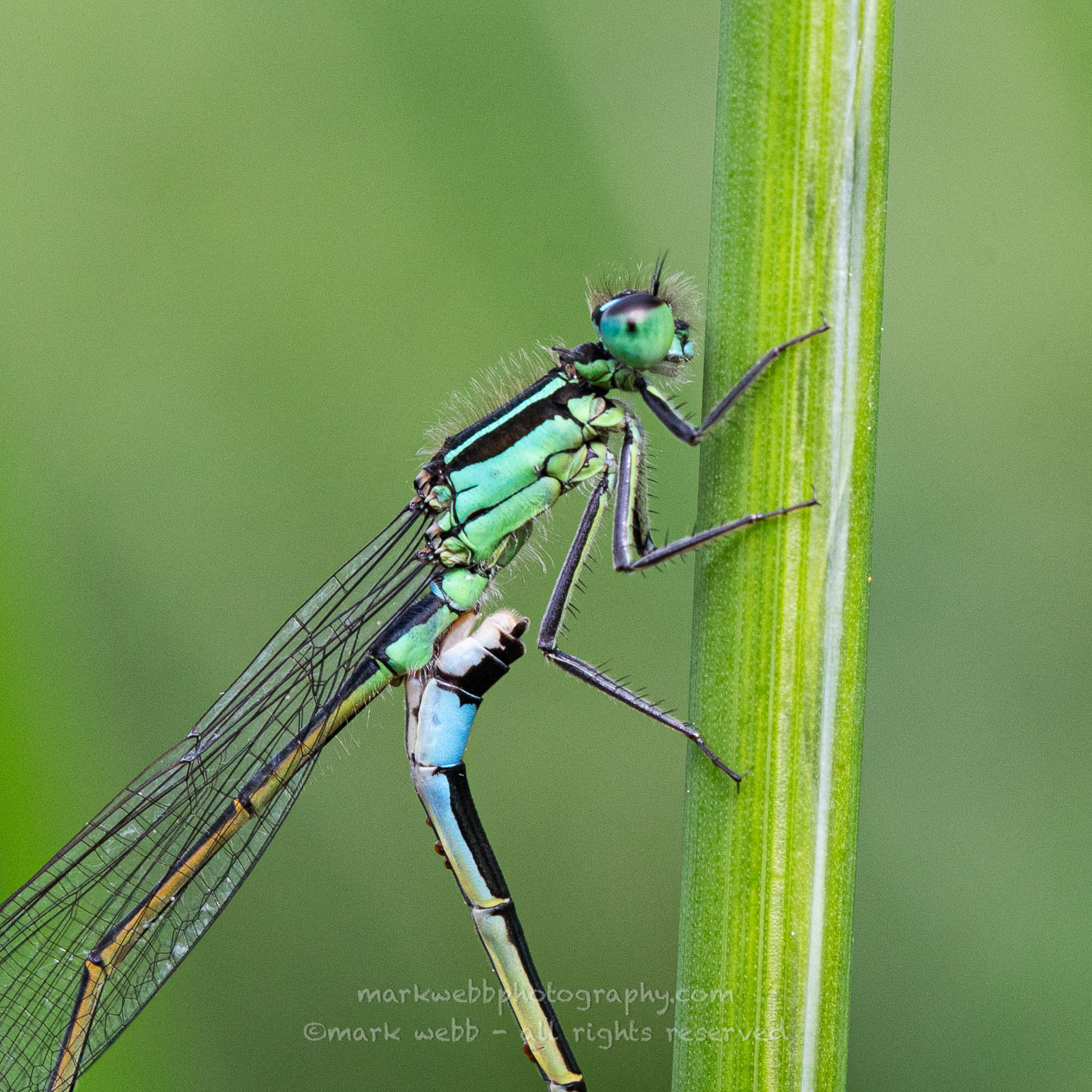
Closeup of Male Mating
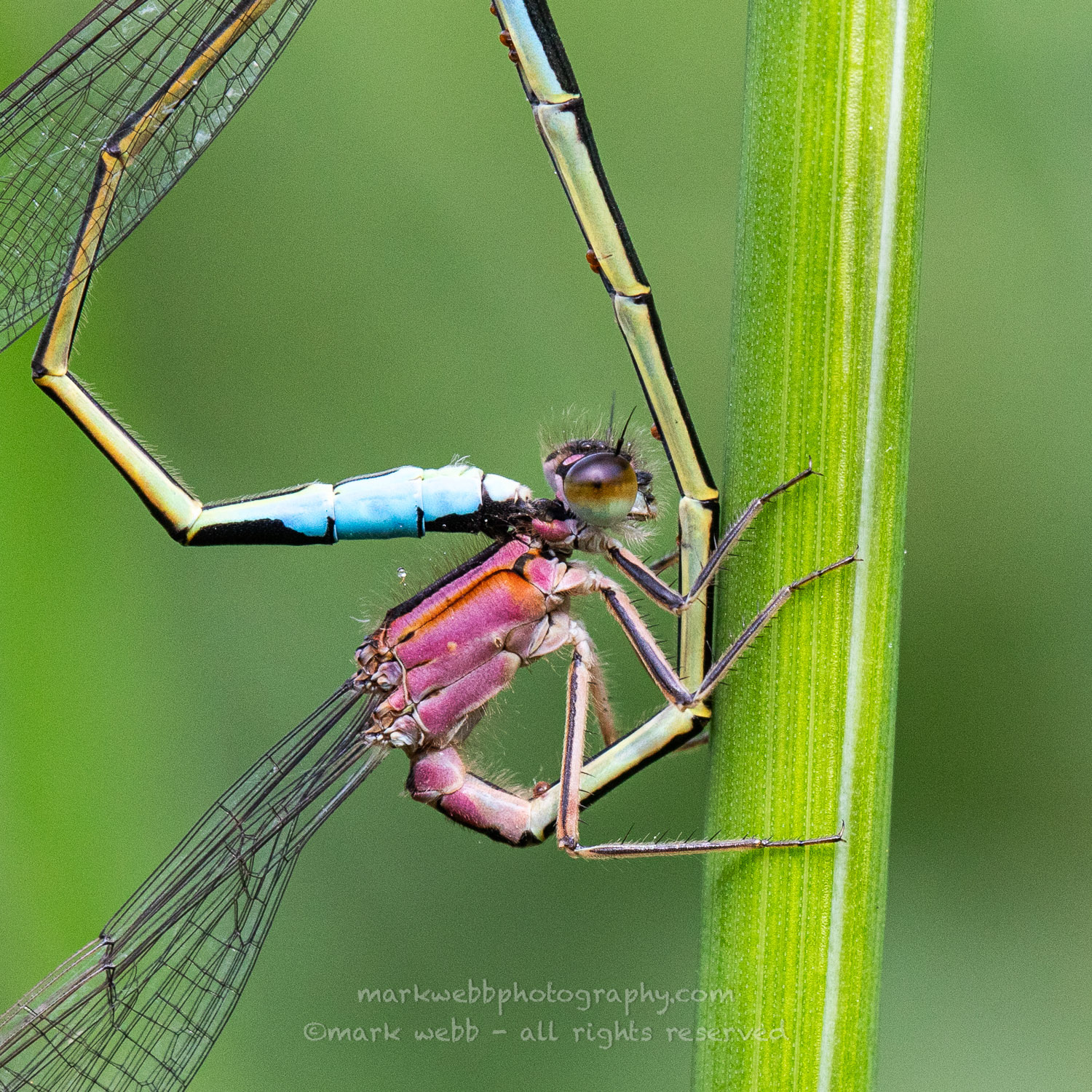
Closup of Female Mating

Having a snack
Want to See
Widespread throughout Somerset, especially on the Somerset Levels.
They like rivers, rhynes, ponds, streams etc.
Especially Good
RSPB Ham Wall - Route 1 (Mid May to Mid June)
-----------------------------------